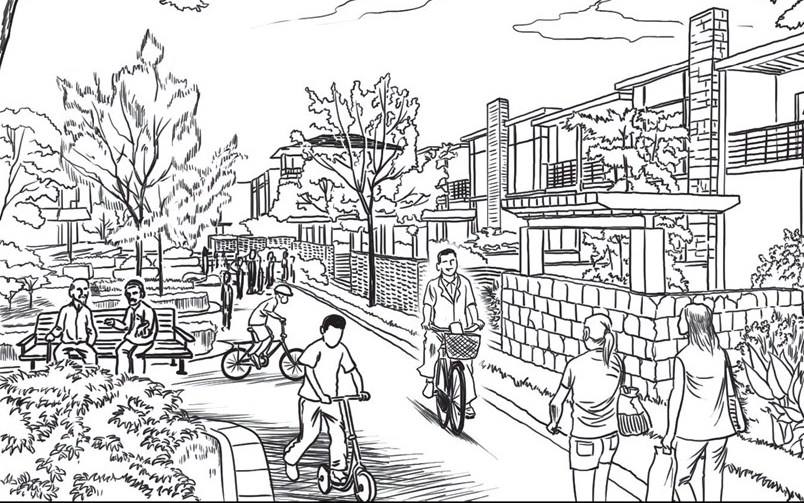
According to ShanghaiDaily.com, the city is set to be developed into a ‘megacity’. However, it will be a long journey for planners and policy makers.
The thoughts of local residents resonate with many residents here in Sydney – ‘long commutes and traffic jams’. Planners in both cities are faced with massive challenges to make them liveable. Long term goals for planners in Shanghai are for a green, sustainable, urban transit system (similar to the agenda here in Sydney and a challenge for the whole of the Asia Pacific region).
At a recent forum on Sustainable Transport & Infrastructure in Jakarta, the evidence was clear – there are major challenges as the region faces rapid urbanisation.
Asia-Pacific comprises more than 2 billion urban residents or 55% of the world’s total. As indicated by Sigit Irfansyah, Director of the Land Transport & Railway Centre in Jakarta, “no less than 90% of the world’s urban expansion is happening in developing countries, where urban sprawl and slums are all too common”. In Jakarta alone, the number of motor vehicles has increased by about 11% annually. Yet, cars travel at an average speed of 10-20km/per hour.
The following strategies were discussed at the Asia-Pacific Urban Forum:
- Develop neighbourhoods that promote walking and cycling
- Create dense networks of streets/paths
- Build regions with short commutes
- House families of different socio-economic groups in the same neighbourhood
- Limit driveway access
- Restrict car park spaces
- Pursue compact developments with dense pedestrian networks
It is heartening to see that government bodies within the Asia-Pacific area are taking a proactive approach to sustainable mobility. These are all ideas that have been discussed worldwide, but the point of difference in the Asia-Pacific area is the variety in cultural diversity – maybe the biggest hurdle to achieve equitable and successful sustainable public transport systems.
It is also encouraging to see that policy makers and planners around the world are motivated to see cyclists and pedestrians back ruling the streets and hopefully with shared information tools, technology and more discussion this goal will be achieved.
As is a common theme to all countries, let’s not risk our health with the side effects of pollution and congestion. The time is right to make a joint effort. As indicated by Professor Jiang Yulin from the China Academy of Transport Science, let’s ‘expedite positive change by pursuing policies that foster green and sustainable public transport’.
A tall order indeed……

One Response
Hello,
I very much agree on your points. The only concern which I would like to share is, that pushing for alternative mobility is fine, but
a. sub-urban living and rural living need to be considered as well. It is not enough just thinking and talking about Smart Cities. A real smart city is taking the suburbs and rural areas around into account as well!
b. The quality of alternative transportation in the meaning of flexibility, cost, intermodal transport and time of transport need to be on a acceptable level to avoid any push back because of disappointment.
Best Regards
Dierk